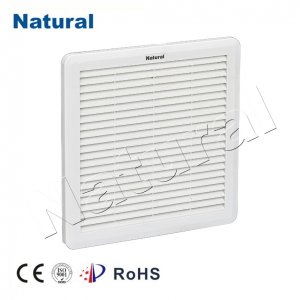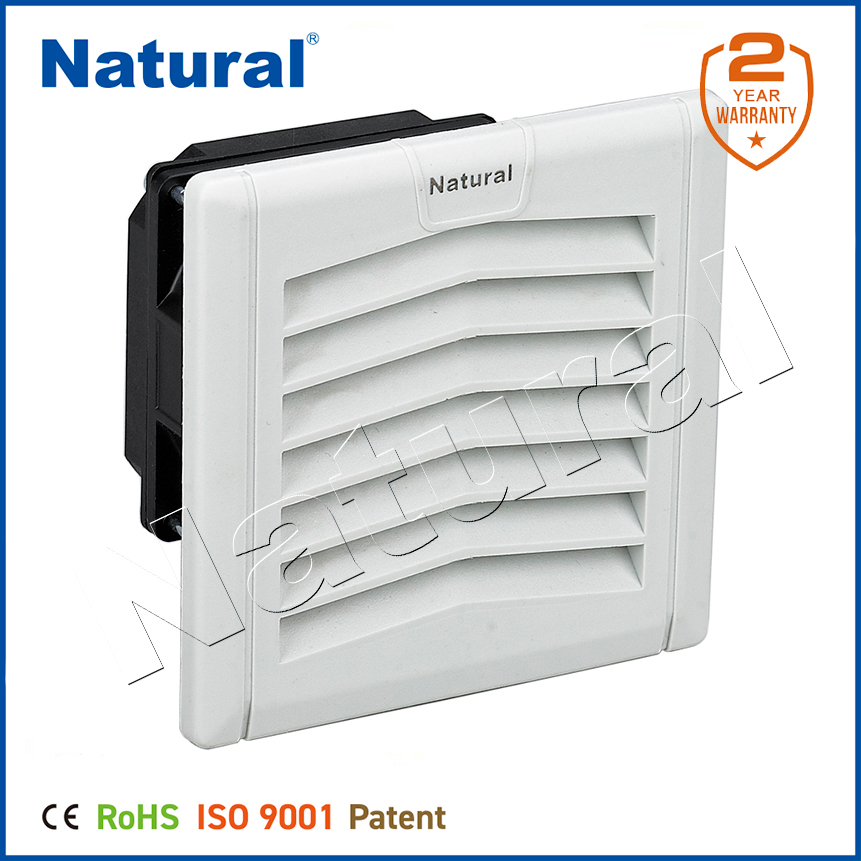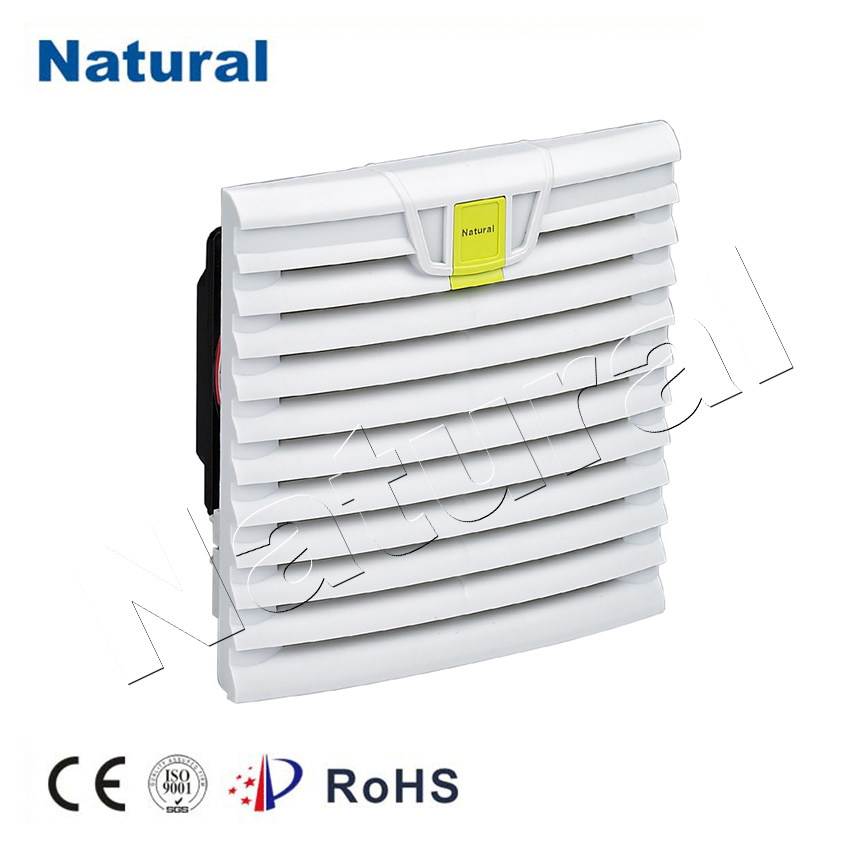In modern buildings, heating, ventilation, and air conditioning (HVAC) systems play a critical role in maintaining indoor air quality and comfort. Among the various components of HVAC systems, fans and filters stand out as essential elements that work in tandem to ensure a clean and comfortable environment. Understanding how fans and filters interact is vital for optimizing HVAC performance and prolonging the lifespan of the system.

The Role of Fans in HVAC Systems

Fans are mechanical devices designed to move air through a space, creating airflow that is crucial for temperature regulation and air circulation. They come in various types, including axial, centrifugal, and mixed-flow fans, each serving specific applications. In HVAC systems, fans are primarily used to draw air from the outside, circulate indoor air, and expel stale air. The function of fans can be categorized into two main roles: supply and exhaust. Supply fans draw fresh air into the system and distribute it throughout the building, while exhaust fans remove indoor air, helping to maintain pressure balance and prevent the buildup of pollutants. The performance of a fan is measured in terms of airflow, typically expressed in cubic feet per minute (CFM). The efficiency and capacity of a fan directly influence the overall effectiveness of the HVAC system.
